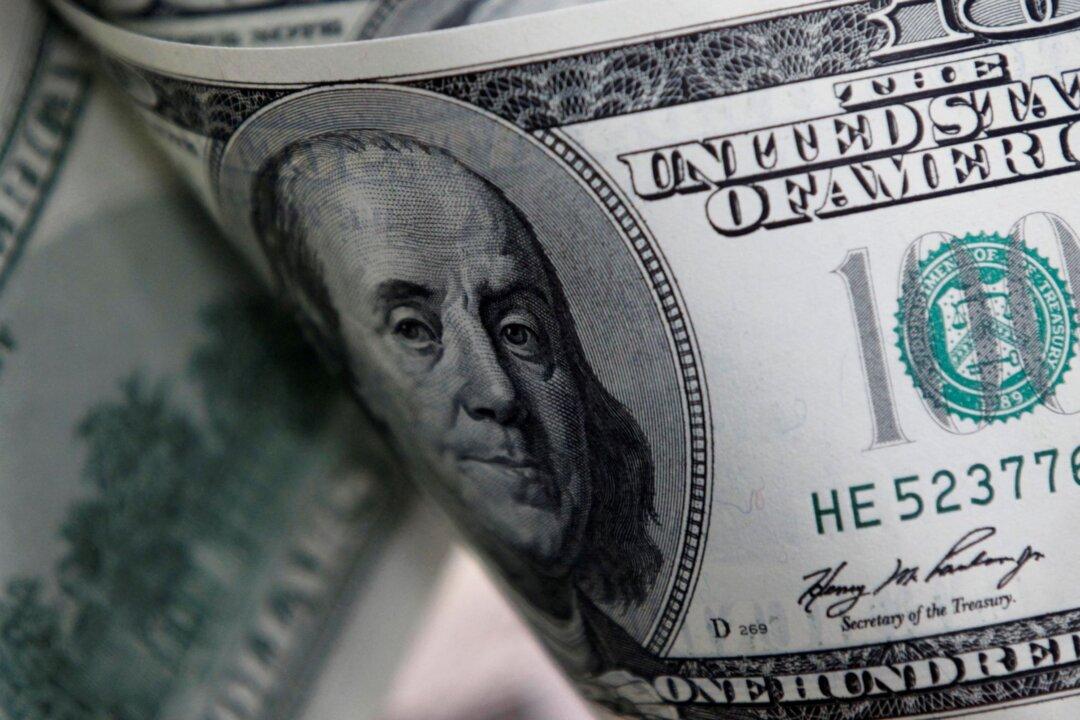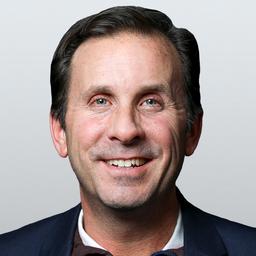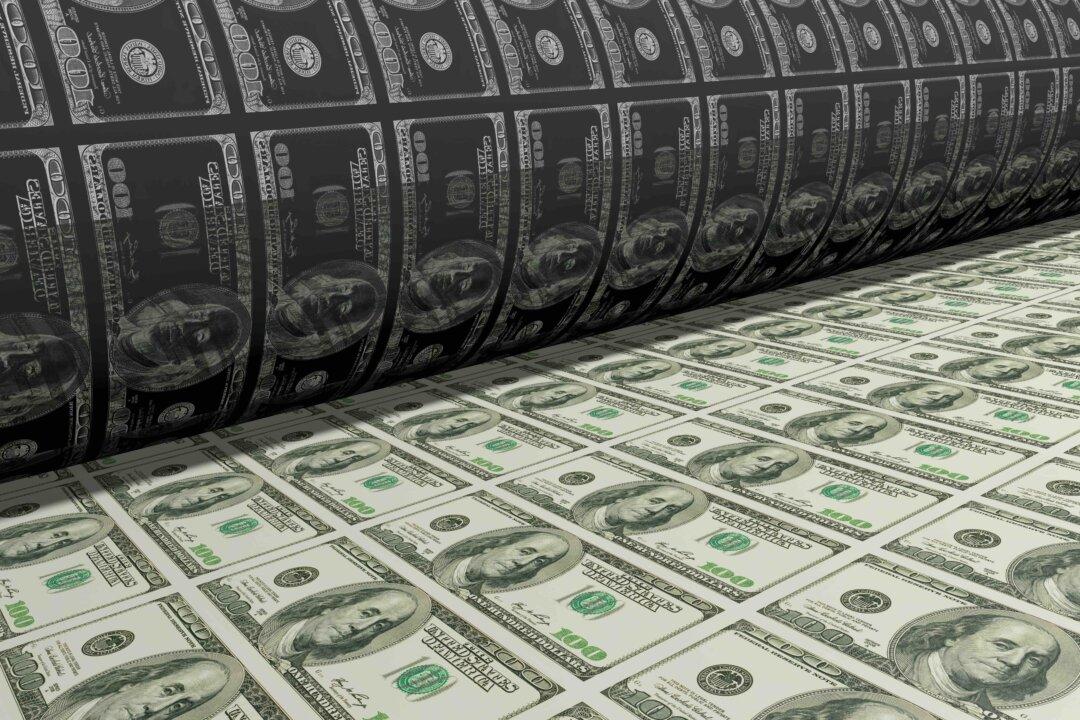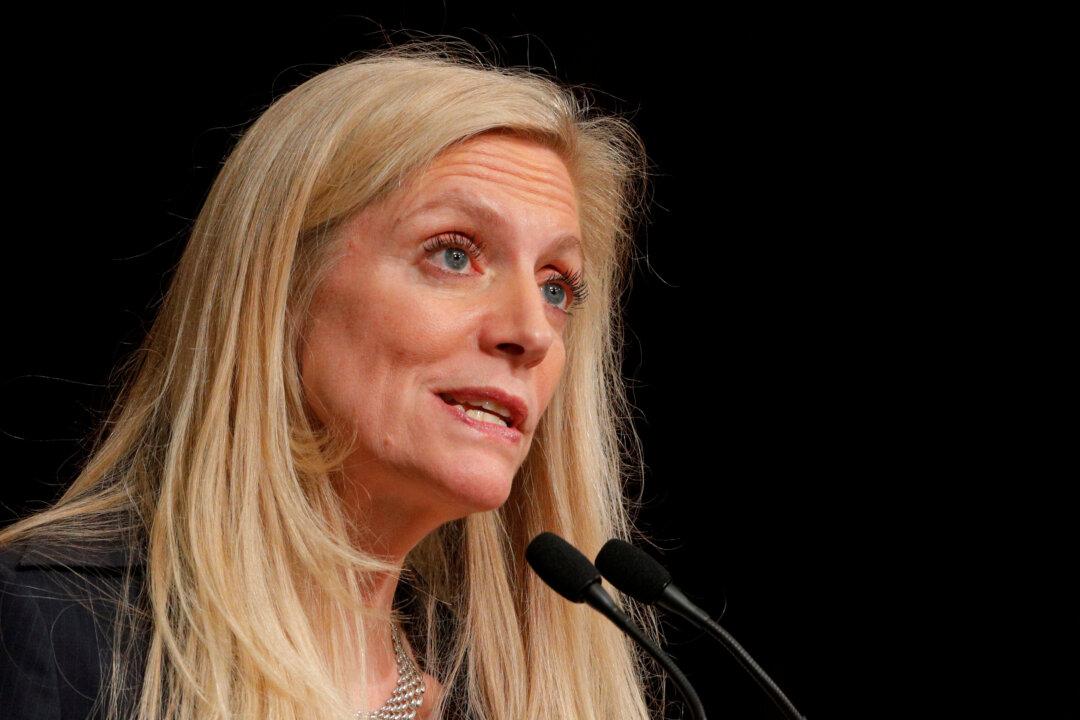Commentary
In his weekly Wall Street Journal column from last week, the great Daniel Henninger commented that “For 10 years money was virtually free.” Henninger was talking about the years before Fed Chairman Jerome Powell supposedly acted like an adult, only to institute “real-world interest rates.”





